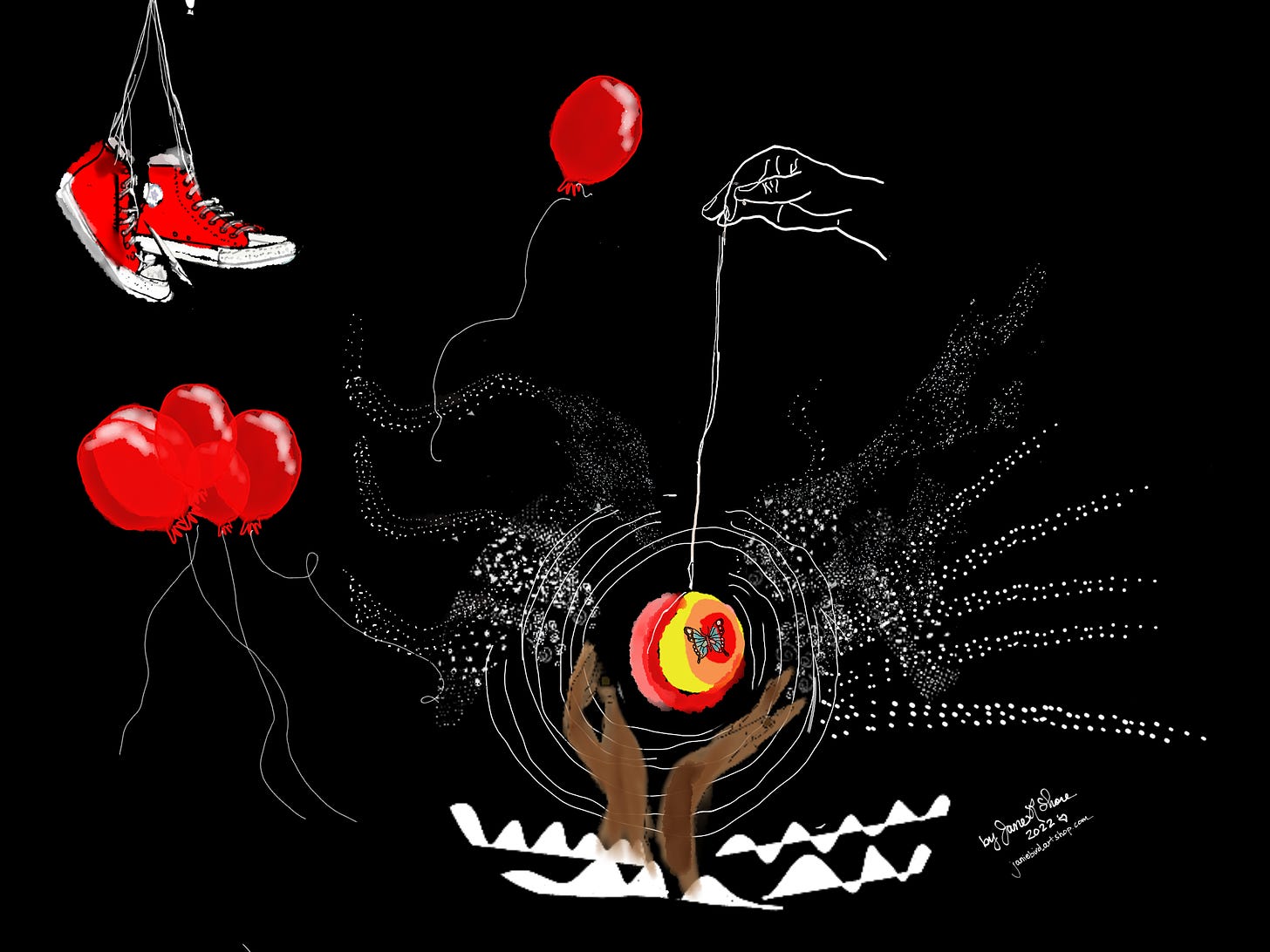(…and hint: it is good for all learners.)
This post is co-authored by Louisa Rosenheck. Louisa is a thought leader in the ed tech field, with a passion for game-based learning and playful pedagogies. She spent over a decade researching digital games and creative learning at MIT, and is now the Director of Pedagogy at Kahoot!.
Neurodiversity is a term that describes individuals whose learning profiles do not all follow a linear map. These differences in learners (frequently referred to as developmental “disorders”) are normal variations in the brain- not deficits. People who have these features also have certain strengths that come from the differences.
For example, people with ADHD may have trouble with time management. But they often show high levels of passion, drive, and creative thinking.
Sarah Cussler, of the Yale Poorvu Center for Teaching and Learning shares, “Even their impulsivity can be an advantage because they’ll say things other people are afraid to say.”
“Neurodiverse students are wonderful students,” Cussler says. “They can be really creative, big-picture, out-of-the box thinkers. But with some classic kinds of assessments or classroom activities, they have more difficulty.”
This is where play comes in. Play is a great place to think about inclusivity. In the post that follows, Louisa Rosenheck, the Director of Pedagogy at Kahoot! offers insights regarding the power of play.
Educators should not be aiming to ‘fix’ students through a neurotypical lens. We need to find ways to support the distribution of learners who are in our classrooms in all of their diversity.
So, instead of presenting Louisa’s ideas as “tips” that teachers can apply to “fix” or “help” neurodiverse students, we hope readers see them as practical wisdom for all.

By Louisa Rosenheck
Neurodivergent learners are becoming more and more visible, and raising awareness about what they need to access learning. The LEGO Foundation is contributing by pairing inclusive design with learning through play in their Play for All accelerator. In this program, diverse organizations are encouraged to explore ways to combine these approaches and make the benefits of playful learning accessible to all learners, including neurodivergent students who are often left out. Since attending the Play for All workshop at the LEGO Foundation, there are some key ideas that have stuck with me.
I’ve been a longtime advocate of playful learning, but this chance to step back from day to day work and engage and reflect with such a thoughtful group of like-minded educators made room for some new understandings. In our time together, we explored the idea that our goal is not only to make play accessible to more learners, but to use play as a vehicle to make learning more accessible, and more authentic, for more learners.
The Big Idea
Some of the essential characteristics of learning through play are also elements that give neurodiverse learners the opportunity to engage in activities on their own terms, how they want to and when they want to.
- Grouping
It’s not helpful to lump all neurodiverse learners together when we think about designing learning experiences.
- Design
We should not design for “autistic learners” or “people with ADHD,” because each person is unique in their strengths, needs, and preferences. Design should be universal.
- Diversity
Needs, strengths and preferences can change throughout the course of a week or a day.
Making Big Ideas Usable
Taking a look at the characteristics of play from the LEGO Foundation, we see how they provide affordances for inclusive, adaptable learning:
Playful learning experiences present a context people care about, or leave it open for people to apply their own context, thereby sidestepping the type of class where everyone is learning the same thing even if they don’t see value in it.
Sometimes neurodivergent people, and all people for that matter, take joy in things others find completely uninteresting. Play activities allow space for learners to explore in ways that they enjoy, whether it’s organizing objects into distinct categories, or mixing them all up together.
While social connections don’t come as easily to everyone, games and guided play can provide enough structure to make learners feel comfortable trying out some new social interactions, in a low-stakes playful environment.
Many learners whether neurodiverse or neurotypical, need a variety of options for how to engage with the materials and ideas, with preferences changing over time. Designing experiences to be active and dynamic means there are lots of things students can do to find what works for them.
Playful learning experiences provide a safe space to take risks and fail, then try again as an expected part of the process. These elements of play allow for learner agency, which is great for everyone, but may be particularly essential and often lacking, for neurodiverse learners.

Visual originally created for @LindaAmici’s book project with her 5th grade class.
When you’re operating in a world that feels like it just wasn’t made for you, exploratory ways to learn that let you build on your strengths are extra important.
Whether that is playing a math game in Roblox or collaborative building with LEGO bricks, a playful learning approach can address many of these needs. While designing for learning through play doesn’t come with a step-by-step recipe, it can inspire us to craft experiences that provide authenticity and agency for not only neurodiverse learners, but all learners.
